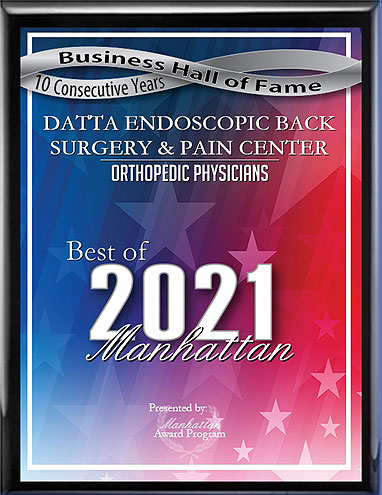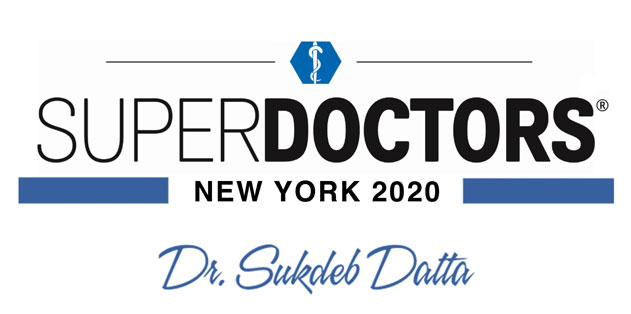Meta description: Wondering about the symptoms of spinal stenosis? This article will explain...
Spinal stenosis, or a narrowing of the spinal canal, can be caused by a range of spine problems. Although the potential causes are numerous, the symptoms tend to be similar. Below, we will take a look at some of the most common spinal stenosis symptoms, as well as how the condition may be treated.
Understanding Spinal Stenosis
The spine is comprised of vertebrae, discs, nerves, and the spinal cord. The spinal cord runs through a canal created by the vertebrae and discs; the nerves travel to the body through small spaces in the vertebrae. Spinal stenosis occurs when the spinal canal becomes compressed, so that there is less room than usual for the spinal cord. This may happen because of damage to the discs or the vertebrae.
Possible causes of spinal stenosis include:
- Vertebral fracture
- Herniated disc
- Bulging disc
- Bone spurs
- Spondylolisthesis
- Spinal tumors (rare)
Spinal stenosis can occur in the lower (lumbar) spine, the upper (thoracic) spine, or the neck (cervical spine). Because the nerves in the neck travel to the entire body while the nerves in the lower back travel only to the lower body, the symptoms of spinal stenosis tend to vary depending on where in the back the stenosis is located. In general, there is more of a potential for cervical spinal stenosis to cause very serious symptoms.
Common Spinal Stenosis Symptoms
Because spinal stenosis compresses the nerves, the symptoms can affect not just the back, but the parts of the body to which the nerves travel. People may experience symptoms in their back, neck, legs, arms, or even the pelvis depending on the nature of the condition.
The most common spinal stenosis symptoms are:
- Pain
- Numbness
- Tingling
- Muscle weakness
Treatment for Spinal Stenosis
The symptoms associated with most cases of spinal stenosis can be resolved without the use of surgery. The doctor will probably start with non-surgical methods like physical therapy and medication. In cases which are severe or which do not respond to treatment, surgery may be the best choice. Fortunately, there are now a number of minimally invasive surgical methods for treating spinal stenosis.
If you have common spinal stenosis symptoms, scheduling a consultation with a trusted physician is the first step to getting relief. To schedule a consultation with New York City's top spine doctor, please click below and enter your information or call the Datta Endoscopic Back Surgery & Pain Center at (212) 430-0312.






 EDISCSCULPT
EDISCSCULPT



